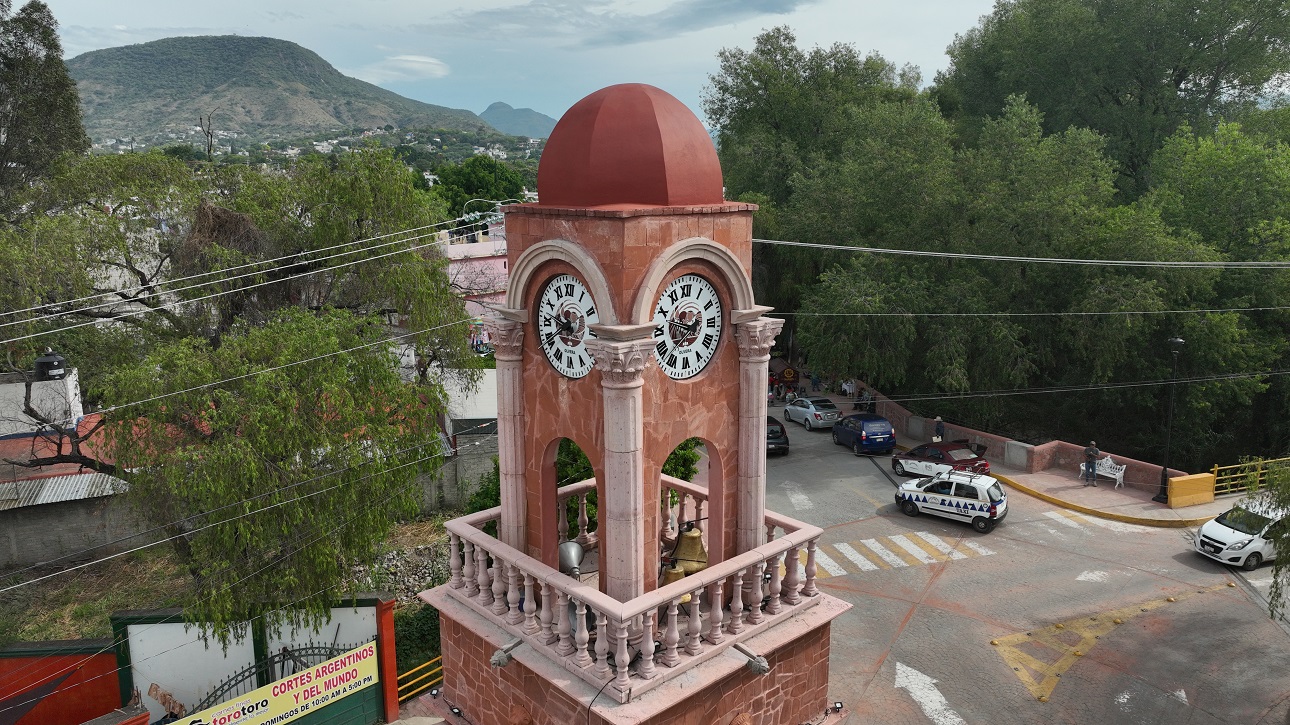Heroica Ciudad de Huajuapan de León, Oaxaca
In the heart of the Oaxacan Mixteca lies the Heroic City of Huajuapan de León, a destination that blends history, culture, and tradition. Surrounded by mountainous landscapes and renowned for its brave spirit, this city invites you to stroll through its colonial streets, savor its traditional cuisine, and experience the warmth of its people up close.

Nestled among mountains and skies that seem hand-painted, the Heroic City of Huajuapan de León is a destination that captivates with its history, its people, and its flavor. Known as the “Cradle of the Mixtec Jarabe,” this city blends the charm of tradition with the warmth of a town that welcomes everyone with open arms. Its name means “place of huajes by the river,” or “land of huajes.” In ancient times, it was called Ñuudee, which in Mixtec means “land of the brave” or “place of brave people.” Today, the Heroic City of Huajuapan de León stands out for its magnificent cultural heritage, especially its splendid neoclassical buildings.
Its rich culture is also reflected in the dance known as the “Mixtec Jarabe,” the region’s most emblematic dance—a symbol of identity and pride for the people of Huajuapan—and in the nostalgic “Mixtec Song,” famous throughout Mexico and composed by José López Alavés, a native of Huajuapan. Born from the author’s deep longing, this melody expresses profound love for the homeland and the sorrow of being far from it. Its lyrics move listeners with their simplicity and deep emotion, which is why it is considered an anthem for absent Oaxaqueños, evoking the yearning for the landscapes, customs, and warmth of the Mixteca.
The gastronomy of this emblematic land is reflected in dishes such as the famous mole de caderas, chileajo, mole de fiesta, chilate, and huchimole, which are available year-round in the city’s restaurants and markets, and come together during the “Festival of the Four Moles” in April. Mole de caderas is a particularly special dish, as the goat used in its preparation is raised in the region’s mountains and fed exclusively on wild herbs, giving its meat a uniquely rich flavor.
In Huajuapan de León, you can also enjoy unforgettable experiences, such as visiting the Cerro de las Minas Archaeological Zone, part of the Mixtec culture. This site began its first construction phase in 400 B.C., dating back to the Preclassic period. Cerro de las Minas was contemporary with Monte Albán (500 B.C. to 850 A.D.), spans approximately 50 hectares, and features pyramid structures eight meters tall and forty meters in diameter. Discover the Cathedral of Saint John the Baptist, a neoclassical temple dedicated to the Virgin of Guadalupe, where the remains of General Antonio de León y Loyola rest. He died on September 8, 1847, during the Battle of Molino del Rey against the North American invasion.
You can also explore the vernacular architecture of Independence Park. This beautiful site, with its kiosk, is a fine example of vernacular design. Construction began in 1890, and the kiosk—named after Carmen Romero, wife of Porfirio Díaz—was inaugurated on April 2, 1902. To the north of the park stands the monument to General Antonio de León, built between 1900 and 1901 in tribute to the most important hero of the Heroic City of Huajuapan de León.
The Municipal Palace of Huajuapan highlights the history and culture of its people. Its murals, painted by José Luis García, depict the city’s different eras and events, emphasizing traditions, customs, and the memory of the many figures who have shaped the Heroic City of Huajuapan de León. Venture through its streets, full of history and charm. Its colonial architecture, temples, and plazas reflect the Mixtec legacy that defines it. Visiting this heroic city is a journey into the past—through stone walls, living traditions, and a spirit that preserves its greatness over time.